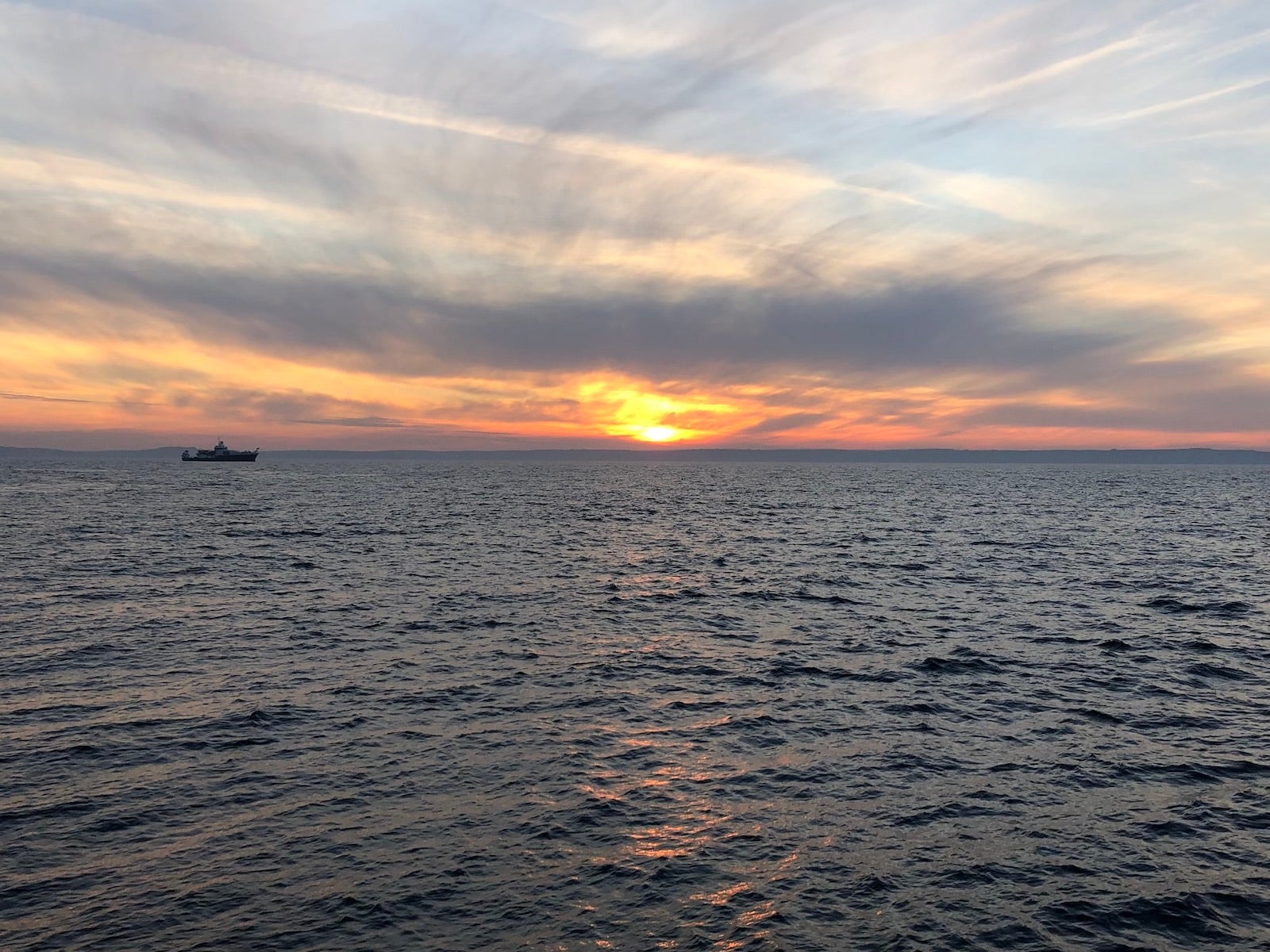About: Biogechemical Maps
The map section is broken into two categories. The first category contains maps showing the geographic and depth distribution of available porewater chemical data for sulfate, iron, mangnese and nitrate. For details follow the links under “Explore Biogeochemical Maps.”
The maps in this section are intended to give the user an idea of the data that are available via the Ocean Drilling Program (ODP) and Deep Sea Drilling Program(DSDP) / ODP archives at the National Geophysical Data Center (NGDC ) and this web site. The first map simply shows the locations of all DSDP/ODP sites from Leg 1 through Leg 185 (we are in the process of updating all maps through Leg 191). The chemical maps illustrate the geographic distribution of available data. These maps only indicate the maximum depth at which a measurement was made, they do not contain any information regarding the value of that measurement or its quality. For more information on the data used to create all maps on this web site, visit the Data Information page.
Sulfate (SO4-2) is the most abundant terminal electron acceptor in sediments deep beneath the seafloor. Because porewater SO4-2 was consistently measured throughout the DSDP and ODP there is a wealth of data available. We have used a subset of the available data to create a global map illustrating the character of subsurface SO4-2 profiles.
Nitrate, manganese oxide (MnO2) and iron oxides (e.g. Fe2O3 and Fe3O4) are electron acceptors that typically yield much higher free energies of reaction than SO4-2. Consequently, they’re generally assumed to be exhausted at much shallower burial depths than SO4-2 (e.g., Froelich et al, 1979). Although porewater Mn+2 concentrations have not been consistently measured on DSDP or ODP legs , enough data is available to show that MnO2 reduction and, by inference, active MnO2- reducing bacteria, can occur at burial depths as great as 60 meters in open-ocean sediments where dissolved SO4-2 concentrations are relatively stable throughout the sediment column (see Site 321). Porewater concentrations of NO3 and Fe+2 have been too rarely measured on DSDP and ODP cruises to characterize subseafloor patterns of nitrate and iron reduction.
The second category contains maps showing some details for the sulfate and methane data. These maps are under the “Chemical Profile Maps” links on the navigation bar to the left.
These maps were created from our edited database. We removed several hundred sites because we deemed the data of poor quality or poor resolution. We also removed data points that we considered to be “bad”. This exercise consisted of plotting and examining nearly 1,000 profiles and sorting the good from the bad. Once that was accomplished, a program was used to classify the profiles. A sulfate profile could be placed into one of the following categories:
- sulfate stabilizes at some point downhole
- sulfate decreases continuously to the bottom of the hole
- sulfate decreases to background (2 mM) and stays there
- sulfate decreases to background then increases farther down the hole
- the sulfate profile is complicated
Stabilization is defined as +-2mM. So, going down the hole, if two adjacent sulfate measurements differ by less than +-2mM, the upper depth is chosen as the depth of stability. Then, if every deeper sulfate measurement differs by less than +-2mM relative to that first point, the profile is declared stable.
Decreasing to zero means that the sulfate concentration decreases to background (<2 mM). The concentration may then increase again if flow or diffusion from brine at a greater depth brings in sulfate (See site 680 biogeochemical profile, for example). If the concentration reaches 2.5 mM above background, then the site is classified as number 4 above.
Category 5 is a catch all for profiles that don't fit 1 through 4.
Categories 1, 3, and 4 are plotted on the sulfate map.
Methane data are only available for ODP sites.

